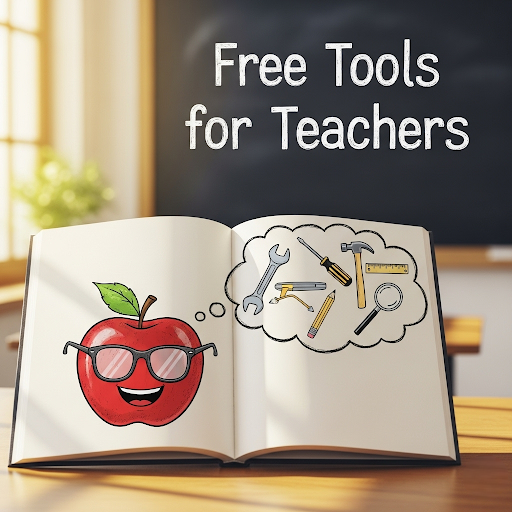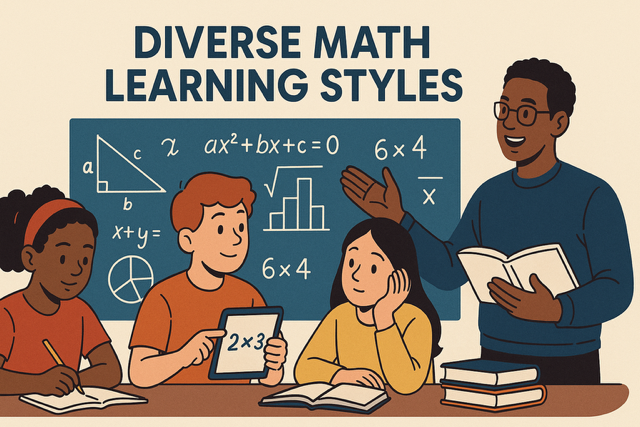
DISCOUNTED EDUCATION PRICING! CALL 1-877-891-8411. We Gladly Accept School Purchase Orders!

In the dynamic landscape of K-12 education, supporting diverse learning styles is essential for fostering equitable and effective math instruction. As we move into 2025, educators recognize that students process math differently—some grasp concepts through visual diagrams, others through hands-on manipulatives, and many thrive with a blend of approaches. A poster printer machine, also known as a poster maker printer, is a transformative tool, enabling teachers to create vibrant strategy anchor charts and comprehensive math posters that cater to every learner.
At Education Graphic Solutions, an authorized HP dealer specializing in K-12, we empower educators with top-tier poster printer machines designed for classroom success. Our website, www.schoolposterprinters.com, offers HP DesignJet models (T630, T650, Z6 in 24″, 36″, 44″ sizes) with bundles including months of supplies, free shipping, and 1-5 year warranties. This 2800-word guide, informed by our extensive blog library and 12 years of edtech expertise, explores how to support diverse learning styles in math using poster printer machines, with real-world examples, tips, and applications tailored for teachers, math specialists, and administrators.
Diverse learning styles describe the varied ways students absorb and process information, a concept rooted in educational psychology. In math, where concepts range from basic operations to abstract algebra, accommodating these styles ensures inclusivity. The primary styles are:
In 2025, Universal Design for Learning (UDL) emphasizes multiple means of engagement, representation, and expression. This approach can boost math proficiency by 20-30%, particularly for struggling students or English Language Learners (ELLs). For example, a visual learner might excel with a graph, while a kinesthetic student benefits from building models.
A poster printer machine is key, producing high-resolution visuals like anchor charts that outline strategies for each style. Our HP DesignJet T630, for instance, prints vibrant 24″ posters, ideal for small classrooms, while the Z6 handles 44″ banners for school-wide displays.
Anchor charts are collaborative, visual references that “anchor” key math concepts for ongoing student use. An Additional Strategy anchor chart lists options like “Draw a model (visual)” or “Use counters (kinesthetic),” empowering students to choose what suits them, fostering self-regulated learning.
Using a poster maker printer, these charts become durable and professional. Unlike handwritten versions that fade, our machines print on high-brightness, universal poster paper (cheapest in the industry, compatible with HP, Epson, Canon), with cold lamination for longevity. For example, a 4th-grade teacher created an anchor chart with icons (eyes for visual, hands for kinesthetic) using our T650, helping a visual learner improve word problem accuracy by 40% through array sketches.
Tips: Keep charts simple with bullet points, involve students for ownership, and refresh quarterly. Pair with our STEM-focused blog for more ideas.
Math strategy posters expand anchor charts, offering detailed visuals for operations like addition, subtraction, multiplication, and division. A poster printer machine produces posters that blend styles—diagrams for visual learners, text for readers, and real-world scenarios for practical application.
Trick: Color-code strategies (blue for visual, green for kinesthetic). For ESL, add bilingual labels. Example: A middle school teacher used our Z6 to print a “Fraction Strategies” poster with pie charts and recipes, helping kinesthetic students master equivalents via baking simulations, boosting engagement 25%.
Here are detailed classroom applications, showcasing diverse learning styles:
STEM classes benefit from posters blending math and science (e.g., data graphs). ESL posters use images and simple phrases.
Maximize your poster maker printer with these educator-approved tips:
Elementary: “Make 10” addition posters with counters for kinesthetic learners. Middle school: Probability dice game posters. High school: Calculus rate-of-change posters (e.g., velocity in sports).
For diverse needs: Visual aids for ADHD, tactile for autism. Stations rotate students through visual, kinesthetic, and auditory tasks using posters. Print mini-posters for home use, supporting parents.
Track success via pre/post assessments, student surveys, and observations. Adjust posters based on data—add visuals if retention lags. Collaborate with colleagues using our machines for shared designs. External resource: NCTM standards for alignment.
Here are answers to common questions educators have about using poster printer machines to support math learning:
Supporting diverse learning styles in math through strategy anchor charts and posters is a game-changer. As your trusted K-12 partner, Education Graphic Solutions offers HP DesignJet poster printer machines with unmatched value—bundles with months of universal paper, ink, cold laminate refills, free shipping, and 1-5 year warranties. Visit www.schoolposterprinters.com to browse models, request a demo, or explore our blog library for more tips. Contact us today to fund via Title 1 or grants and elevate your math instruction!
About the Author: Dr. Emily Carter is an education technology specialist with 12 years of experience in K-12 curriculum design, focusing on innovative teaching tools at Education Graphic Solutions.